About CryptoStealer Trojan
CryptoStealer Trojan refers to malware that tries to steal cryptocurrency. CryptoStealer is an umbrella term that covers malware specifically aimed at stealing cryptocurrency, thus this article will not focus on a specific threat, but will describe them in a general manner. First of all, we should mention that these kinds of viruses usually work in the background, which means you might not necessarily realize they’re there without anti-malware software. While it’s operating, the malware may record your keystrokes, logins, etc., and send them to remote command and control (C&C) server. Some cryptocurrency stealing Trojans may change the receiver’s address when you transferring cryptocurrency into one that belongs to crooks, thus tricking you into transferring them money. Since addresses are long and are combined of random characters, you’d probably not notice the change. 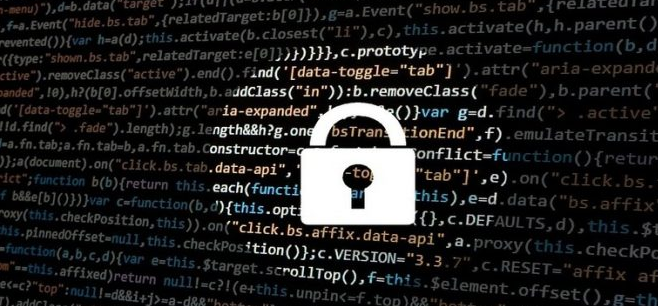
Like most malware, a CryptoStealer Trojan can be obtained via email attachments, malicious downloads, etc. Essentially, the people who do not have good browsing habits are at much higher risk of obtaining this or any other kind of malware. If you are someone who uses cryptocurrencies, this malware can cause a lot of damage. So if you have noticed anything suspicious, scan your computer with anti-malware software and remove CryptoStealer Trojan if it’s found.
How does such malware install?
Users commonly obtain malware via email attachments and malicious downloads, so if you have recently opened a questionable attachment or have downloaded something from a dangerous source, your computer could be infected.
While it may not seem that way, email attachments can be quite dangerous. A lot of malware is distributed via spam campaigns, and all users really need to do is open the attachment for the malware to infect a computer. This is why it’s important to pay attention to which emails you open. If an unsolicited email comes with an attachment, do not open it right of the bat. Check that the sender is actually someone legitimate and the email address isn’t a combination of random letters/numbers. Look for grammar mistakes, and any indication that something is not right. Lastly. you should scan the attachment with anti-malware software, or a scanner like VirusTotal. Only when you are sure it’s safe to do so should you open the attachment.
You can also pick up the malware by downloading from unsecure sources. If you’re someone who uses torrents, be particularly careful. Always check comments and avoid shady torrent websites. In general, be careful of where you download your programs/files from.
What does the malware do?
Because the malware aims to avoid notice, it will work in the background. That means unless you’re really in tune with your computer, you’ll likely not notice anything. As you go about using your computer as normal, the malware will essentially spy on you. One of the things it could be capable of doing is recording your keystrokes and logging your login credentials. While it primarily aims to get cryptocurrency website logins, all accounts you have are in danger. When it has recorded login credentials, it will then send them to a command and control (C&C) server operated by cyber crooks. Once that happens, crooks essentially have access to your accounts.
A CryptoStealer Trojan may also be able to change the receiver’s address when you’re trying send someone cryptocurrency. With how long and random wallet addresses are, you would probably not notice the malware changing it to an address that belongs to crooks. Thus, you could end up sending a lot of money to the wrong person.
The malware is quite dangerous and is commonly unnoticeable, which is why having anti-malware software installed is so important. It would detect the malware as soon as it infects, and would prevent it from doing any damage.
CryptoStealer Trojan removal
You will definitely need to use anti-malware software to delete CryptoStealer Trojan if it’s inside your computer. If you attempt to manually uninstall CryptoStealer Trojan, you could end up doing more damage or not getting rid of the malware entirely.
Offers
Download Removal Toolto scan for CryptoStealer TrojanUse our recommended removal tool to scan for CryptoStealer Trojan. Trial version of provides detection of computer threats like CryptoStealer Trojan and assists in its removal for FREE. You can delete detected registry entries, files and processes yourself or purchase a full version.
More information about SpyWarrior and Uninstall Instructions. Please review SpyWarrior EULA and Privacy Policy. SpyWarrior scanner is free. If it detects a malware, purchase its full version to remove it.

WiperSoft Review Details WiperSoft (www.wipersoft.com) is a security tool that provides real-time security from potential threats. Nowadays, many users tend to download free software from the Intern ...
Download|more


Is MacKeeper a virus? MacKeeper is not a virus, nor is it a scam. While there are various opinions about the program on the Internet, a lot of the people who so notoriously hate the program have neve ...
Download|more


While the creators of MalwareBytes anti-malware have not been in this business for long time, they make up for it with their enthusiastic approach. Statistic from such websites like CNET shows that th ...
Download|more
Quick Menu
Step 1. Delete CryptoStealer Trojan using Safe Mode with Networking.
Remove CryptoStealer Trojan from Windows 7/Windows Vista/Windows XP
- Click on Start and select Shutdown.
- Choose Restart and click OK.

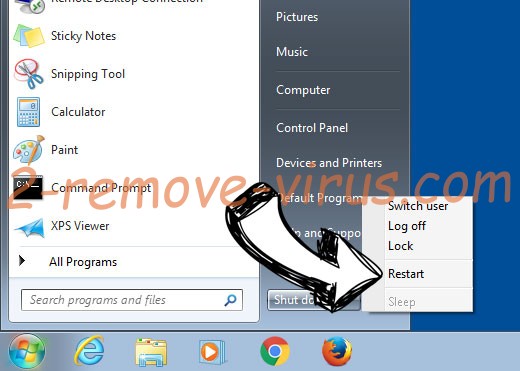
- Start tapping F8 when your PC starts loading.
- Under Advanced Boot Options, choose Safe Mode with Networking.

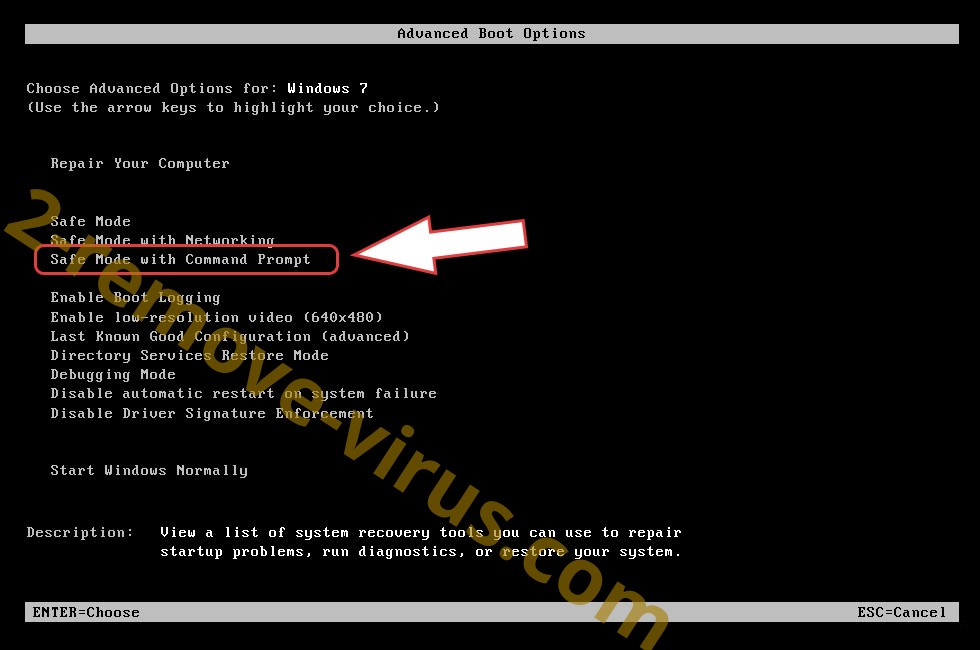
- Open your browser and download the anti-malware utility.
- Use the utility to remove CryptoStealer Trojan
Remove CryptoStealer Trojan from Windows 8/Windows 10
- On the Windows login screen, press the Power button.
- Tap and hold Shift and select Restart.

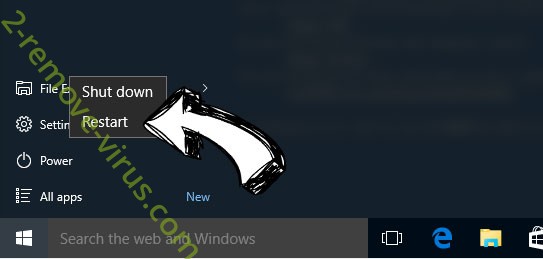
- Go to Troubleshoot → Advanced options → Start Settings.
- Choose Enable Safe Mode or Safe Mode with Networking under Startup Settings.

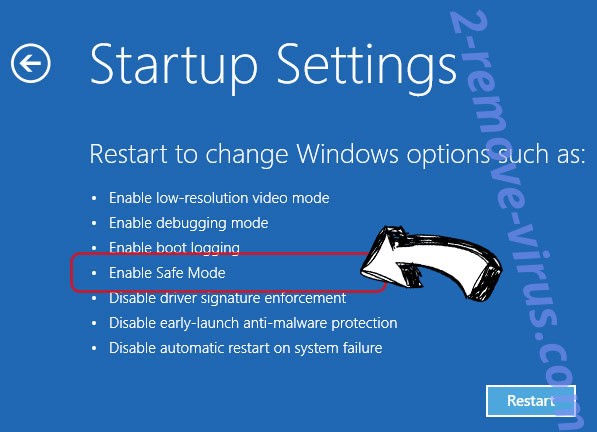
- Click Restart.
- Open your web browser and download the malware remover.
- Use the software to delete CryptoStealer Trojan
Step 2. Restore Your Files using System Restore
Delete CryptoStealer Trojan from Windows 7/Windows Vista/Windows XP
- Click Start and choose Shutdown.
- Select Restart and OK


- When your PC starts loading, press F8 repeatedly to open Advanced Boot Options
- Choose Command Prompt from the list.

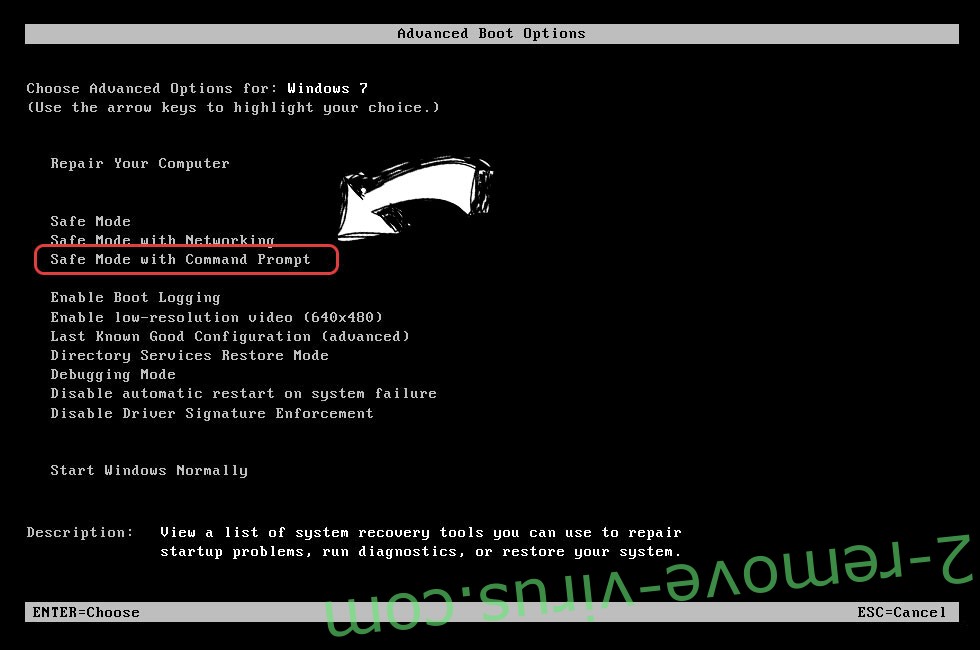
- Type in cd restore and tap Enter.

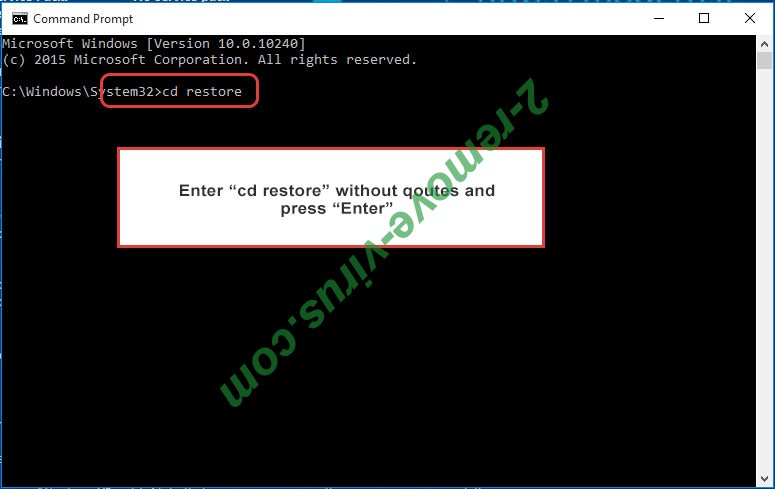
- Type in rstrui.exe and press Enter.

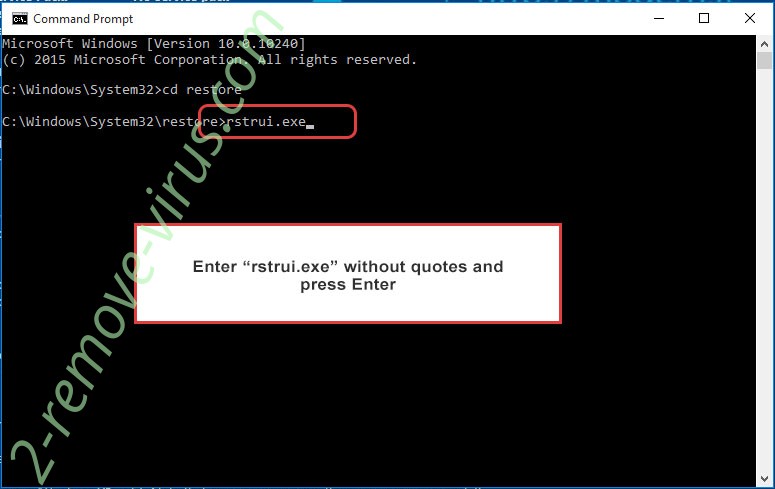
- Click Next in the new window and select the restore point prior to the infection.

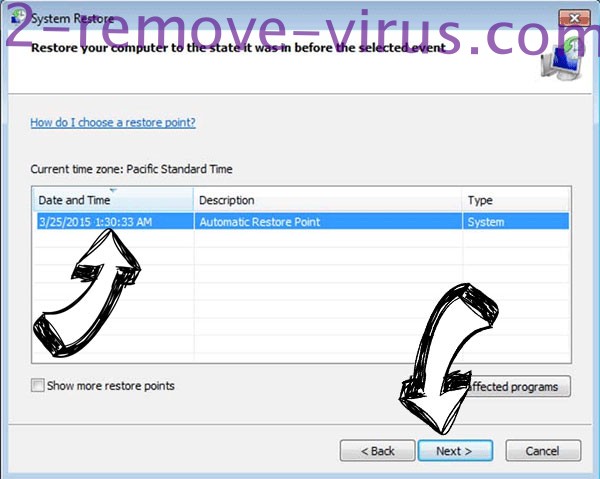
- Click Next again and click Yes to begin the system restore.

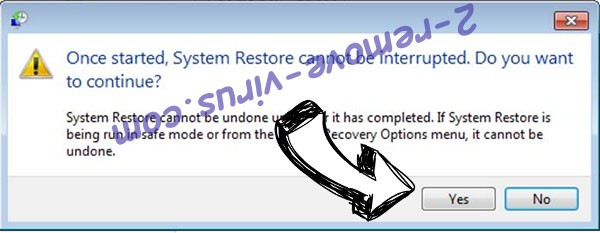
Delete CryptoStealer Trojan from Windows 8/Windows 10
- Click the Power button on the Windows login screen.
- Press and hold Shift and click Restart.


- Choose Troubleshoot and go to Advanced options.
- Select Command Prompt and click Restart.

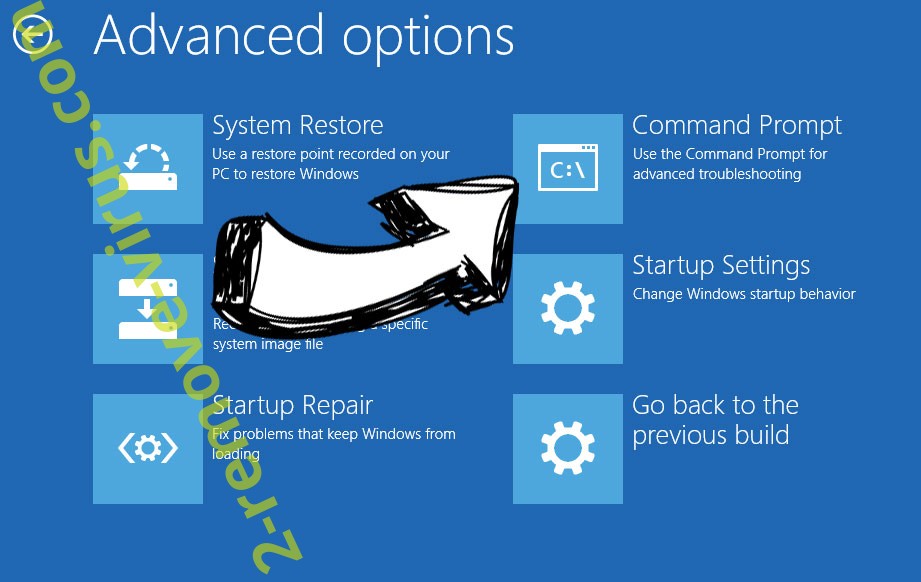
- In Command Prompt, input cd restore and tap Enter.


- Type in rstrui.exe and tap Enter again.


- Click Next in the new System Restore window.

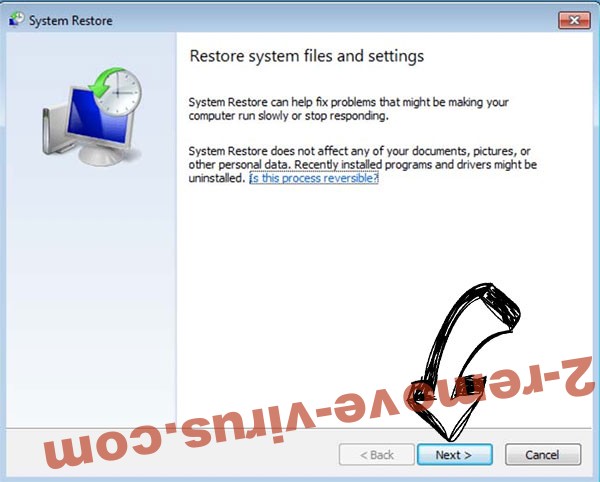
- Choose the restore point prior to the infection.


- Click Next and then click Yes to restore your system.


Site Disclaimer
2-remove-virus.com is not sponsored, owned, affiliated, or linked to malware developers or distributors that are referenced in this article. The article does not promote or endorse any type of malware. We aim at providing useful information that will help computer users to detect and eliminate the unwanted malicious programs from their computers. This can be done manually by following the instructions presented in the article or automatically by implementing the suggested anti-malware tools.
The article is only meant to be used for educational purposes. If you follow the instructions given in the article, you agree to be contracted by the disclaimer. We do not guarantee that the artcile will present you with a solution that removes the malign threats completely. Malware changes constantly, which is why, in some cases, it may be difficult to clean the computer fully by using only the manual removal instructions.
